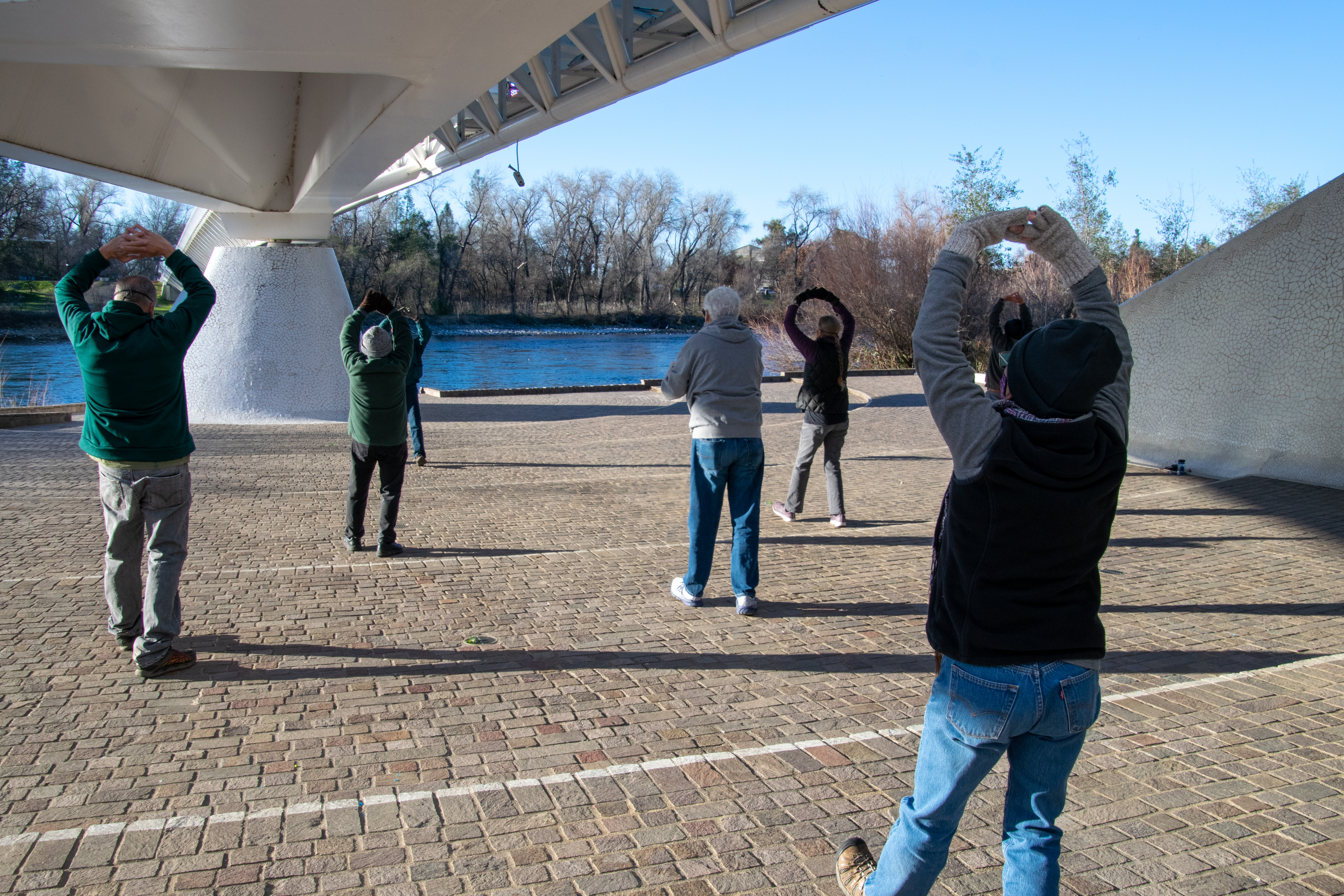Tai Chi: A Chinese Secret to Better Health

Characters for Tai Chi (Taiji) written in Seal Script. Seal script is one of the oldest styles of Chinese calligraphy, dating back to the Zhou Dynasty (1046–256 BC)
In the ancient Chinese medical text entitled the Huang Di Nei Jing (circa 200BC) it was written that giving someone medicine after they became sick, was like digging a well after they became thirsty, or going to war and then making weapons. The idea was that it was easier to prevent illness, rather than treat it, developed early as a part of Chinese medical philosophy and became part of Chinese culture. To this end Chinese physicians instructed people in diet and exercise in what we would describe today as “preventative medicine”.
The development of movement routines came about with the realization that exercise was necessary to prevent disease. One exercise that came out of this quest for better health was called Tai Chi or Tai Chi Chuan (pinyin: Tai ji quan). It was said to have been originated by a Taoist monk named Chang San Feng who lived between 1279-1368 A.D. Chang was the author of the Tai Chi Jing – the earliest known text that describes the characteristics of the Tai Chi movements. His writings explained the basic principles of Tai Chi. In it, he wrote that the practitioner was to be like a great river that flows unceasingly, that is, being smooth, flowing, steady, and powerful.
Tai Chi was introduced in the United States in the early 1960’s. Initially people didn’t understand what to make of the slow movements but now it has become a popular exercise that is even seen in television commercials. But what is this exercise that we call Tai Chi and what can it do for you?
At the foundation of Tai Chi we have a series of slow, interconnected movements that were based on martial art techniques. Nowadays the focus is on the health aspects of the exercise. The martial techniques are not emphasized but still important to learn. The Tai Chi movements are collectively called a “form” and is much like a Japanese Karate “kata”. Forms or Kata’s are essentially “dictionaries of movements” for self-defense techniques. They give the martial art student a method to remember and practice the different self-defense techniques they’ve learned.
When we learn Tai Chi, we are taught easy-to-learn movements that are interconnected by slow, continuous movement. If practiced regularly over time a person will reap significant health benefits such as improved balance and flexibility, and because Tai Chi is meditative in nature, it can also help reduce stress. Tai Chi complements and can help improve all other exercises and activities by teaching how to move in a relaxed manner.
There’s a number of reasons why Tai Chi is such a popular exercise. One is that people of any age can learn Tai Chi. The exercise is not stressful, and doesn’t require speed, strength, or agility, which are typical requirements in competitive sports. It is common for students to start in middle-age and be able to continue practicing well into their 80’s and 90’s. Modern studies have shown that those who practice Tai Chi have lower blood pressure, reduced incident of falls, and are less likely to experience Shingles outbreaks. Another reason why it is popular is that no special clothing or equipment is required. A person can practice Tai Chi just as easily in formal attire as in casual attire, indoors or outdoors. The surface of the ground where it is practiced does not necessarily have to be smooth; rough, uneven, wet, or dry surfaces can be utilized. Additionally, only a minimum of space is needed to practice the form. But the most compelling reason to practice Tai Chi is that you will feel better every time you do it and the effects are cumulative – typically a person gets better at it with age.
Copyright 2014 M. Czehatowski. All rights reserved.
